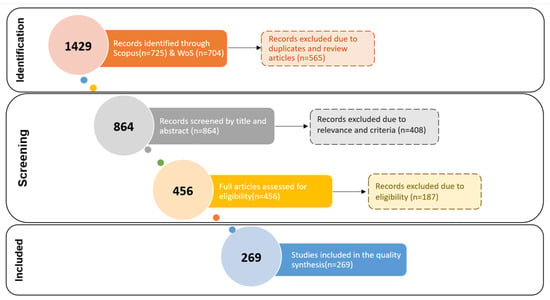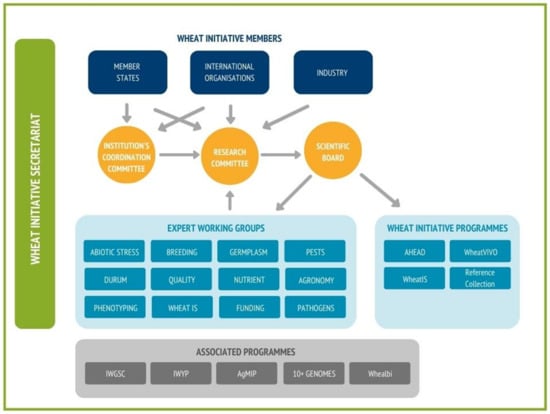A Series of Special Reviews and Topic Analyses That Explore Major Trends and Challenges in Agronomy
A topical collection in Agronomy (ISSN 2073-4395).
Viewed by 25507Editors
Interests: plant genomics; genetic engineering; cereal genetics
Special Issues, Collections and Topics in MDPI journals
Interests: metabolomics/bioinformatics; plant interactions including competition and allelopathy; herbicide discovery; natural products; invasive weed management
Special Issues, Collections and Topics in MDPI journals
Interests: agronomy; weed biology and ecology; herbicide resistance; integrated weed management; agroecological weed management
Special Issues, Collections and Topics in MDPI journals
Topical Collection Information
Dear Colleagues,
Crop production is facing major challenges due to increasingly variable weather patterns, a declining resource base associated with soil and water degradation, and recent economic and transport constraints resulting in pressure to reduce inputs. However, agriculture has a long and successful history in the development and application of innovation in crop production, resulting in dramatic increases in productivity. However, the timeframe from technological innovation to application can be slow, particularly for complex agriculture systems. Defining specific challenges, exploring relevant technological approaches, and mapping a path through to implementation is now critically important.
This collection welcomes in-depth reviews that explore major trends and challenges in Agronomy. Agronomy MDPI is keen to provide a forum for the research community to identify and describe major issues and constraints facing global crop production while moving forward to address the future. While background information is important when developing a review and should be included, we suggest a focus on the future with an opportunity to speculate, supported by science-based knowledge generated in the past.
Reviews will be assessed by the MDPI Agronomy Editorial Board and if accepted, published without charge to the authors. Reviews will be generally invited but topical suggestions are always welcome.
In order to focus and maximise the impact of MDPI Agronomy special reviews, only four will be published each year (quarterly). As a guide, we suggest that the reviews may include the following:
- Definition of topic and issue
a. Why is this topic important and expected to change over the next few years? - Status of research – review of the science behind the topic and recent advances
- Why is the current situation of importance and what is the likely future impact?
Overview of "games changes" such as:
a. Technological advances (for example, new imaging technologies, artificial intelligence)
b. Environmental changes (for example, impact of increasing climate variability, changes in farming practices such as reduced tillage)
c. Sociological, regulatory or policy changes (for example, restricted use of fertilizers or pesticides, community acceptance of technologies) - Scientific advancement required to address such challenges
- Outcomes likely over the short, medium or long term
Prof. Dr. Peter Langridge
Prof. Dr. Leslie A. Weston
Dr. Ilias Travlos
Collection Editors
Manuscript Submission Information
Manuscripts should be submitted online at www.mdpi.com by registering and logging in to this website. Once you are registered, click here to go to the submission form. Manuscripts can be submitted until the deadline. All submissions that pass pre-check are peer-reviewed. Accepted papers will be published continuously in the journal (as soon as accepted) and will be listed together on the collection website. Research articles, review articles as well as short communications are invited. For planned papers, a title and short abstract (about 250 words) can be sent to the Editorial Office for assessment.
Submitted manuscripts should not have been published previously, nor be under consideration for publication elsewhere (except conference proceedings papers). All manuscripts are thoroughly refereed through a single-blind peer-review process. A guide for authors and other relevant information for submission of manuscripts is available on the Instructions for Authors page. Agronomy is an international peer-reviewed open access monthly journal published by MDPI.
Please visit the Instructions for Authors page before submitting a manuscript. The Article Processing Charge (APC) for publication in this open access journal is 2600 CHF (Swiss Francs). Submitted papers should be well formatted and use good English. Authors may use MDPI's English editing service prior to publication or during author revisions.









